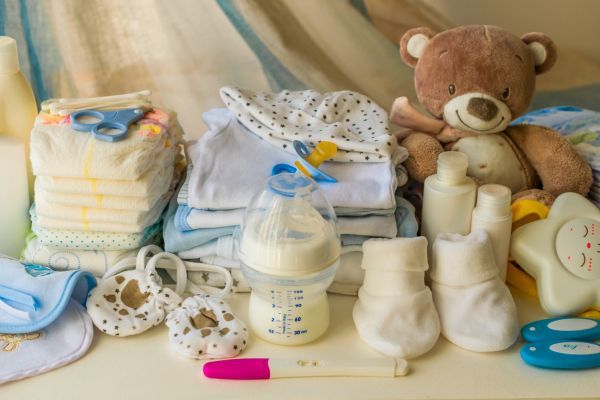Certification of Children’s Products under the EAC TR CU
NEED HELP WITH CERTIFICATION?
Certification of Children’s Products under the EAC TR CU: Safety and Product Requirements

Ensuring the safety and compliance of children’s products is of paramount importance. In the Eurasian Economic Union (EAEU) member countries, including Russia, Kazakhstan, Belarus, Armenia, and Kyrgyzstan, the certification of children’s products is regulated by the EAC Technical Regulations of the Customs Union (TR CU). This article provides a comprehensive overview of the certification process, including the relevant regulatory framework, product categories, required documents, and expert guidance.
Normative and Legislative Basis.
Certification process for children’s products under the EAC TR CU is governed by a set of technical regulations. These regulations establish the safety requirements, testing procedures, and conformity assessment criteria for different product categories. The main technical regulations applicable to children’s products include TR CU 007/2011 “On the Safety of Products for Children and Teenagers” and TR CU 008/2011 “On Toy Safety”.
Product Categories.
The scope of products requiring certification under the EAC TR CU encompasses various categories, such as:
- Children’s clothing and footwear
- Toys and games
- Childcare articles (e.g., baby cribs, strollers, high chairs)
- School supplies
- Personal care products for children
- Children’s furniture
- Sports equipment for children
- Child safety products (e.g., car seats, safety gates)
- Child-friendly electronics
- Playground equipment
Certification Types.
The choice between a certificate, declaration, or other applicable document depends on the specific product parameters and its Harmonized System (HS) code. In general, high-risk products, such as child safety seats or electrical toys, typically require mandatory certification in the form of a certificate. Lower-risk products, such as children’s clothing or school supplies, may be subject to a declaration of conformity.
Example: The most popular product category among the TR CU technical regulations is toys and games. To import or distribute toys in the EAEU member countries, a certificate of conformity is mandatory, ensuring compliance with TR CU 008/2011.
Certification Process.
The certification process consists of several key stages:
- Product testing: The product undergoes comprehensive testing in accredited laboratories to assess its compliance with the applicable technical regulations.
- Document preparation: The necessary documentation, including technical specifications, test reports, and quality management system certificates, is prepared in accordance with the requirements.
- Certification application: The applicant submits the completed documentation to a certification body accredited in one of the EAEU member countries.
- Evaluation and decision: The certification body evaluates the submitted documents and makes a decision regarding conformity.
- Issuance of the certificate or declaration: If the product meets all requirements, a certificate of conformity or a declaration of conformity is issued, indicating compliance with the relevant TR CU.
Certification Schemes.
Several certification schemes can be used for the certification process, depending on the specific product category and intended market. The most common schemes include:
- Single-lot certification: Suitable for one-time shipments of products.
- Batch certification: Appropriate for regular batches of products.
- Series production certification: Suitable for products manufactured in series.
- Full-production certification: Ideal for products produced continuously.
Certification Duration.
The duration of the certification process for children’s products under the EAC TR CU can vary depending on various factors such as the complexity of the product, the chosen certification scheme, and the efficiency of the certification body. Typically, the certification process can take anywhere from a few weeks to several months.
It’s important to note that the certification process includes not only the initial certification but also subsequent monitoring and surveillance activities to ensure ongoing compliance. These activities may involve regular audits, inspections, and testing of samples from the certified products.
Expert Guidance.
Navigating the certification process can be complex, especially for businesses that are new to the EAEU market. To ensure a smooth and efficient certification process, it is highly recommended to seek expert guidance from specialized certification agencies such as MASTCERT. These agencies have in-depth knowledge of the regulatory requirements, certification procedures, and can provide valuable assistance in preparing the required documentation and coordinating with the certification bodies.
Conclusion.
The certification of children’s products under the EAC TR CU is a crucial step in ensuring the safety and compliance of these products in the EAEU member countries. By adhering to the relevant technical regulations, preparing the necessary documentation, and following the certification process, businesses can demonstrate their commitment to providing safe and reliable products for children. Seeking expert guidance can greatly simplify the certification process and help businesses navigate the complexities of the EAEU market. Contact MASTCERT today to receive comprehensive support and guidance tailored to your specific certification needs.
By clicking Submit, you agree to Fresh Consulting’s Privacy Policy.
COMPANIES WHICH TRUST MASTCERT
